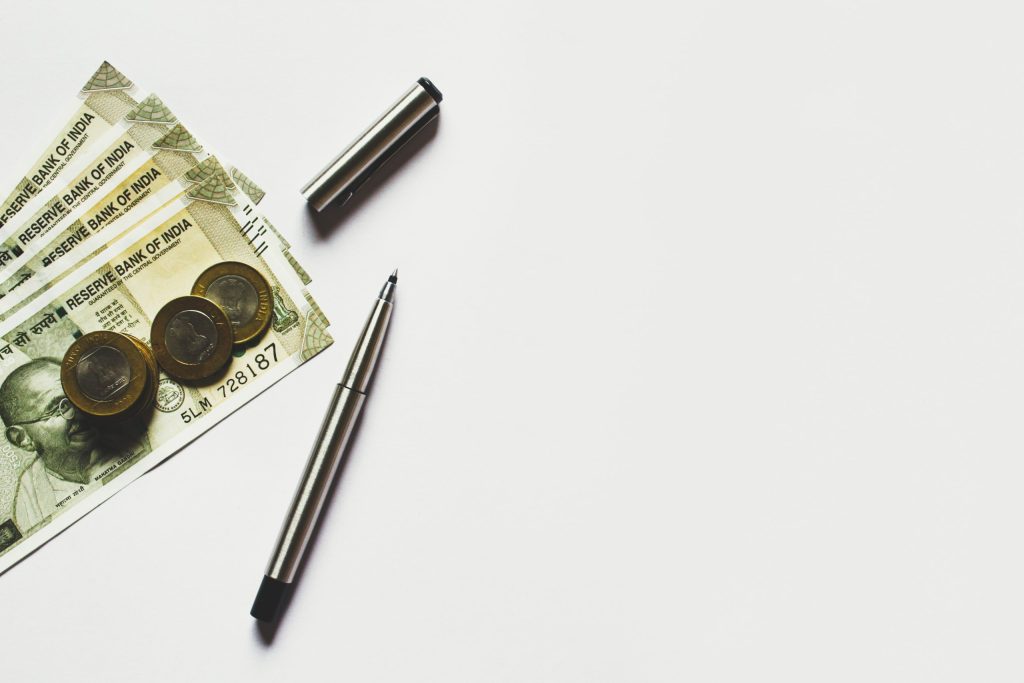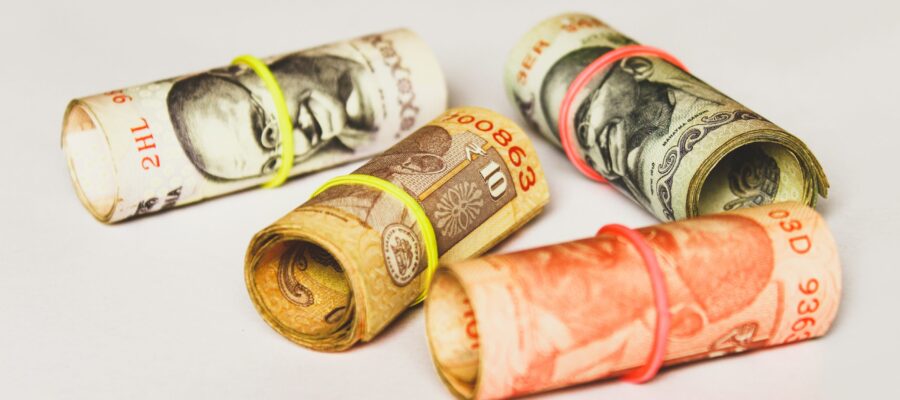Debt is an instrument that has an equal number of critics and supporters, but if we look at this concerning the current scenario, things are on a bit of a scary side. We have seen the announcement of relief packages consisting of huge amounts of money. Have you ever wondered about where it is coming from, or do you have to worry about the debt taken by the government, and what repercussions it can have in the long term? In this post, I have tried to encapsulate a few things, which would help you get an overview of how things will move around with this huge debt.

Why is Debt harmful ?
Debt is not harmful, probably that has been taught to everyone in finance classes, but there was also a statement towards the end “Debt is not harmful to some extent.” This ignited an argument of adding debt at a low-interest rate during the time of crisis like the one we are facing right now.
This seems a very reasonable argument when everyone is trying to rationalize the need to take the debt of Billions and Trillions but what is bothering us is the consequence and how we can reverse the process.
Experts put their opinion saying these high debts can lead to crises and excessive inflation in the economy. But the next crucial point is the absorption of this, i.e. is it being put to its best possible use? We have evidence from the past that politicians and bureaucrats have failed to efficiently use several billions of these monetary injections in the country, in turn, these injections have worsened the deficits with many countries.
Is this problem only limited to India?
The problem is global, where all the economies are holding nearly $78 trillion in debt and that too 20% of debt is connected with the negative interest rate. If we go as per the concept that low-interest rate is suitable for debt, then many of those economies should be booming who are under the mountain of debt, which is not the case.
When we talk about debt, few of the governing factors are economic growth, wage growth, and inflation. Diving a bit deep into these factors tells that if inflation can be a problem in the upcoming days, then it is good as people will be at least spending the money and thus will increase the consumption and productivity of factors of production. Therefore, to some extent, debt made zero can be inflated for the short term taking inflation into account.
So Inflation is the only solution ?
No, inflation can be one way to deal with this situation. The second way can be economic growth. India’s economic growth is very good over a long period, but here is a tricky thing; When an economy is driven by debt, inflationary pressure coincides with the interest rate. History has evidence that a slight increase in interest rate leads to a rapid decline in the economic activity of the country.
Overall gist which can be drawn here is debt for the short term can increase economic activity, just like when you take a loan, it suddenly increases the amount of money with you but later on, you realize factors associated with it. Similarly, when a country takes debt, it can retard the value of the currency, and thus it will not be used for productive purposes but will be used only to pay the debt.
Is there anything which I can do as a Citizen?
Apparently, we cannot do anything as a citizen of the country. It is the government and the best mind they have put in places to work on this problem, and currently, India is a bit far from falling into this issue so you can chillax but not to forget that some of the well-known nations like United State and Japan are already trapped in the economic situation which is called a liquidity trap.
These countries’ economic pulse is sustained by ultra-low interest rates, they are caught in a trap consisting of 3Ds which means Debt, Deflation, and Demographics which will continue to widen the wealth gap if not taken into consideration at this stage.















































